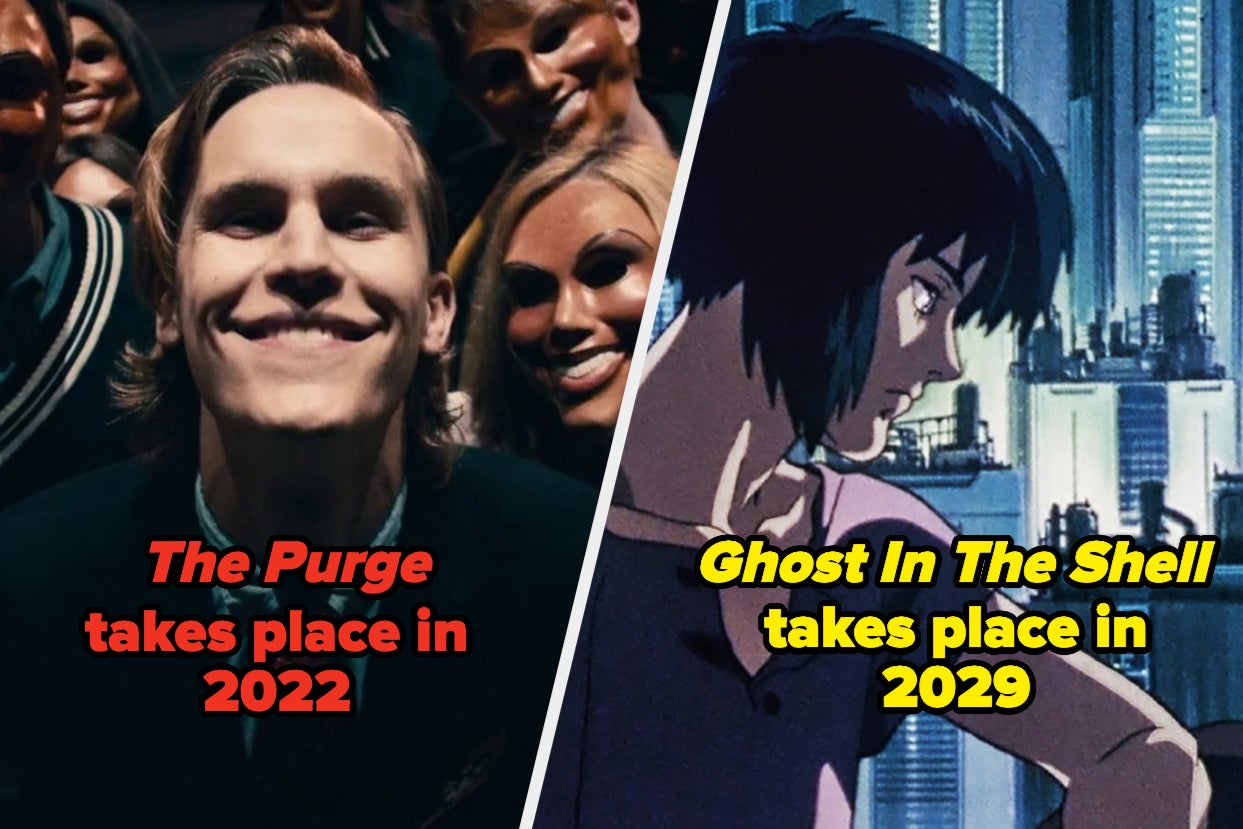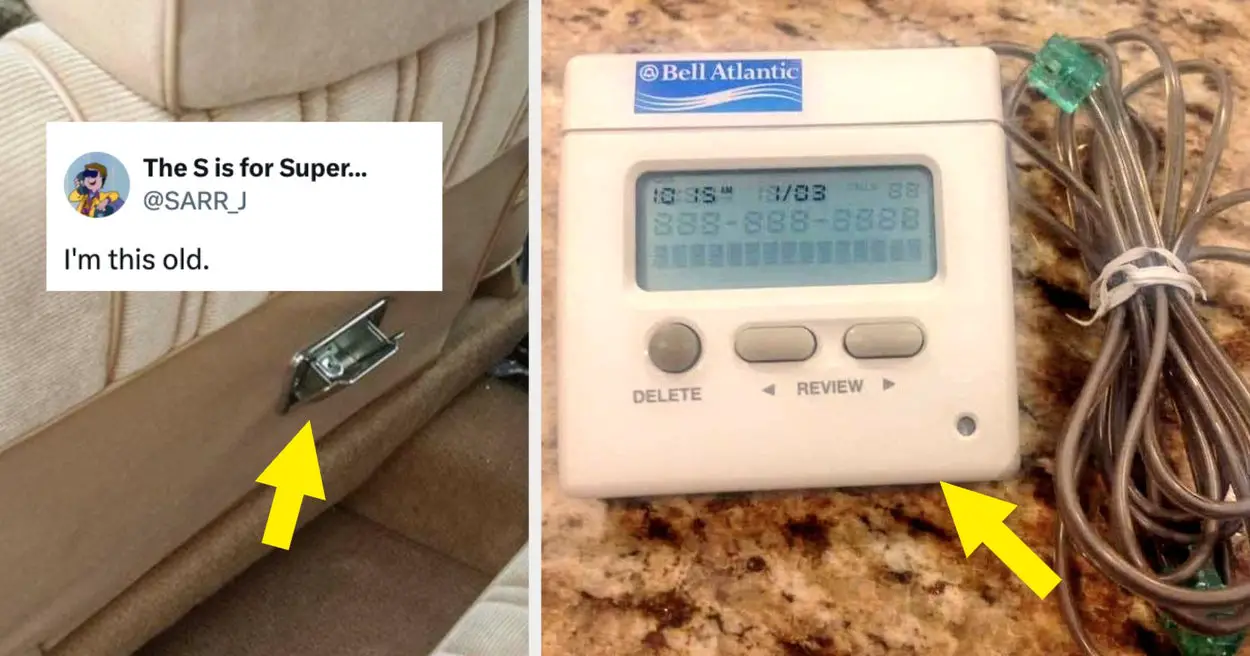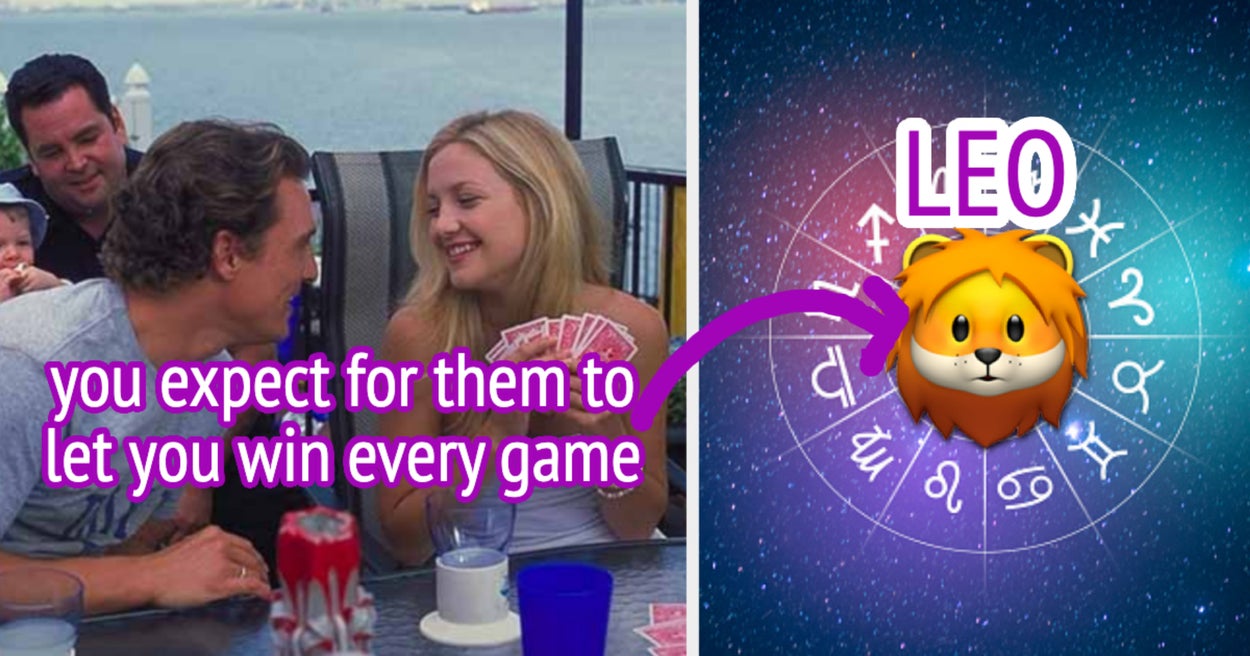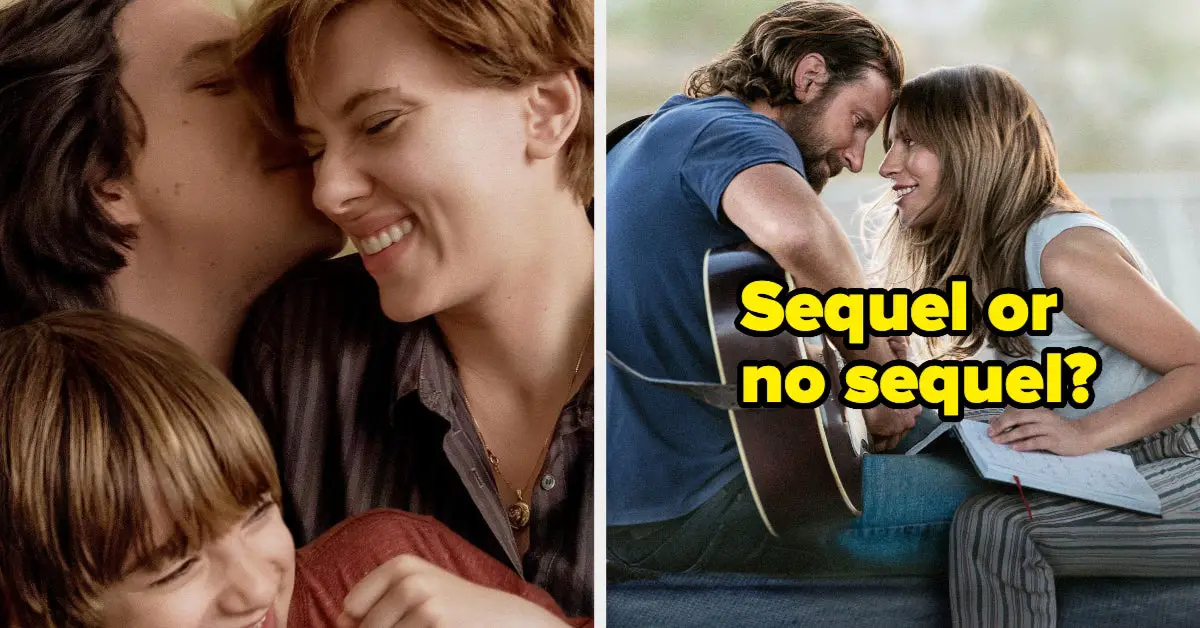Imagine a world where robots, highly trained and specialized, exhibit their vast intelligence by creating unique works of art, all on their own. Perhaps in this world you would also encounter art exhibitions featuring hybrid AI creatures that interact with museum visitors. Or immersive artistic journeys that bring a viewer into an entire new world, guided by AI bots. Fantasy? Futuristic? Science Fiction? Not anymore. What was once squarely located in the realm of science fiction, has today become a widespread part of our daily reality.
From smart home tech gadgets that order your groceries to advanced search engine capabilities, AI is quickly becoming an intrinsic part of contemporary life. The field of visual art is no exception to that rule. While plenty of artists continue to work in more traditional mediums, like painting, drawing, and sculpting with clay, other artists are embracing the new technologies available as the tech itself continues to evolve.
In this article, we will take a look at specific examples of how visual artists today are using artificial intelligence to redefine art, including art made by AI bots themselves.
How AI Contributes To Art
Generally speaking, one can categorize AI in any particular artistic process as serving one of three roles: as impersonator, as collaborator, or as artistic creator. Initially, in early stages of machine learning development, artificial intelligences were trained to recognize specific image cues, learning a visual language of signs and symbols. Now, deep learning focuses more heavily on language, in order to keep up with the language-heavy demands of the internet, such as search engine keywords and social media. But imagery remains a significant part of the AI learning process.
As part of both this early and ongoing research, machines are trained to emulate works of art, acting as artistic impersonators. This process is called a ‘style transfer’, and involves the machine studying and absorbing thousands of examples of a particular genre of art. By feeding thousands of images into a Generative Adversarial Network, or GAN, the machine learns to understand existing artworks, processing them through deep neural networks. The machine is then able to produce an image that could present a convincing semblance of an artwork from that style.
One artist, Robbie Barrat, used this process to create something new. By feeding thousands of images of nude portraits from across styles, genres, and time periods into a single GAN, Barrat helped guide the AI towards producing unique and uncanny nude portraits. So for Barrat, the machine’s capacity for impersonation served as the ideal starting point for a machine human collaboration.
Exploring the Natural and Synthetic
There have always been artists quick to embrace the latest technological advancements throughout history- the invention of photography and the development of portable paint tubes spring to mind- and with AI this trend continues. Several artists today have chosen to work with AI in different capacities in order to explore the similarities and differences between natural and synthetic patterns, objects, structures, and modes of existence.
Anicka Yi is a great example. A multidisciplinary artist in the truest sense of the word, Yi develops ambitious collaborative projects that involve the expertise of scientists, chemists, engineers, AI specialists, and even master perfumers. Through these collaborative endeavors, Yi seeks to open up and explore new modes of interaction and communication between AI systems and living organisms. In her recent exhibit, “In Love With the World”, Yi filled the Turbine Hall at the Tate Modern museum in London with floating robotic orbs inspired by oceanic and fungal life forms. These biotic shapes were developed using sophisticated programming technology, so that each was equipped with a network of possibilities for movement and interaction.
Jenna Sutela is another artist combining biological, ecological, and artificial intelligences in her art practice. Her recent project has been a collaboration with Google engineers at Somerset House, also in London. Together, they are developing a “bio computer”. This bio computer is a machine that is being taught to channel non-verbal entities from the organic world, such as bacteria, and give them language. Through a collaborative machine learning process, Sutela is training these computers to glean language from the specific strain of bacteria called Bacilli Subtilis, a type of bacteria found in soil and human digestive tracts. The combination of biological and artificial technologies and intelligences raises new questions about the possibilities of AI and their place in our world as the technology continues to develop.
Surveillance, New Realities, and Cautionary Tales
While Anicka Yi, Jenna Sutela, and Robbie Barrat work with AI to explore new possibilities of creation and communication, other artists, such as Hito Steyerl and Ian Cheng, are utilizing AI to provoke audiences to question the status quo.
In Ian Cheng’s work, AI art is used as a starting point to make viewers ponder the nature of art itself. How do we perceive art differently when we know it has been created by a machine? What is the role of the artist in the future going to look like? And how can a viewer participate in a work of art that may be endless?
Using video gaming technology, Cheng creates art pieces that are, essentially, video games that play themselves. With no way to actively engage, and an endless series of small, inconsequential actions that play out over the course of time, the viewer of these works always has the feeling that if they just keep watching, they might catch something important around the bend. This process transforms the viewers themselves into passive, watching machines, like the machines whose actions they are witnessing.
Hito Steyerl, meanwhile, uses AI to deconstruct and emphasize troubling political processes, such as widespread state surveillance and artificial stupidity. Steyerl believes that AI deeply impacts how people think and her videos and installations warn against the dangerous possibilities presented by widespread complacency. Her works decry the widespread dissemination of bot armies that have the power to promote fake news and even sway election outcomes. Working with AI allows Steyerl to immerse viewers in her political messages, with powerful results.
An Embedded AI Future
With such widespread usage and increasing familiarity in our everyday lives, intelligent machines appear to be here to stay. What the future holds precisely for the intersection of the visual arts and AI technology only time can tell. Chances are high that artificial intelligence may well become yet another normal tool in the tool box of many visual artists of the future. And it is possible that AI bots themselves will continue to produce highly sought after artworks.
No matter the status of works of art generated by AI bots today and in the future, one thing seems clear. Given the innovative approaches artists today are taking with these emerging technologies, it seems likely that more collaborations among artists, AI engineers, and the machines themselves will continue to produce fascinating works of art for years to come.
This is a guest post by Josh Rogan who is an expert in web technologies, internet age communications, and new AI developments. He believes that we have only just begun to engage the full potential of the internet. Since studying Computer Science he has worked as a freelance IT consultant, deepening his respect for what technology can do. Now he is looking to try his hand at writing and share what he has learned with as many people as he can.
The feature image in this post is AI generated by Disco Diffusion
Source link










Leave a Reply